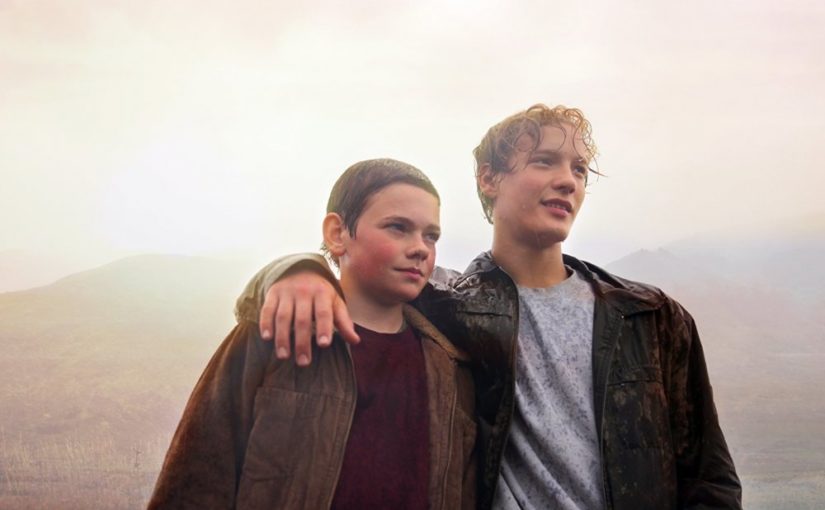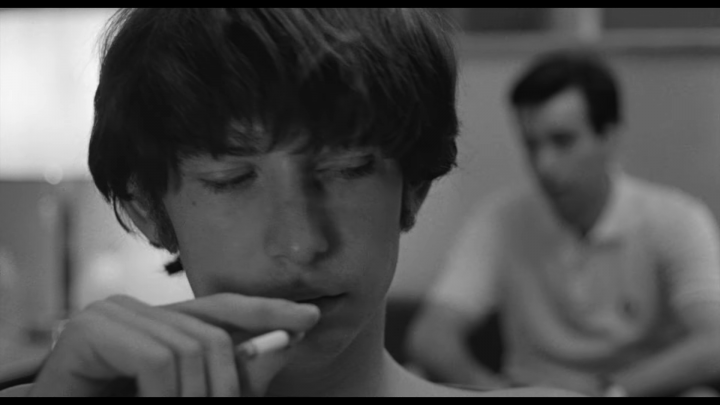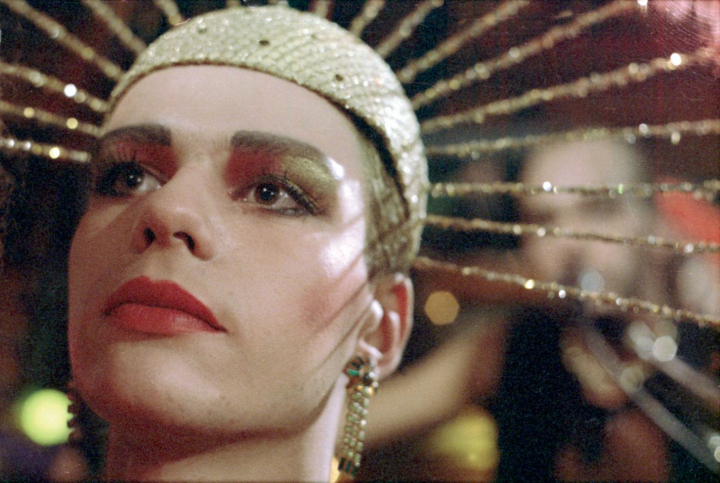+ info: Hyperallergic.com
“Anyone who has been following the news at film festivals over the past few months knows, by now, that 1992 has become a watershed year for independent gay and lesbian film and video.” This was the opening of B. Ruby Rich’s foundational essay on what would be known as New Queer Cinema. A year removed from Todd Haynes’s Poison and Jennie Livingston’s Paris is Burning becoming sensations and sources of controversy, even more films arrived on the festival circuit which brought their own new, distinctly queer energies to cinema.
Gregg Araki’s angry punk debut feature The Living End portrayed an HIV-positive gay couple turning to a life of crime, eschewing respectability politics. Tom Kalin came out of the AIDS activist group ACT UP to make Swoon, which casts a revisionist queer lens on the Leopold & Loeb “perfect murder” case. And then there was Christopher Munch’s The Hours and Times, which received a Special Jury Prize at Sundance in 1992 but, being less salacious or anarchic than its contemporaries, has faded from memory. But the film, recently restored and now available to stream, is a dynamic and frank depiction of friendship and same-sex attraction that’s well worth revisiting.




